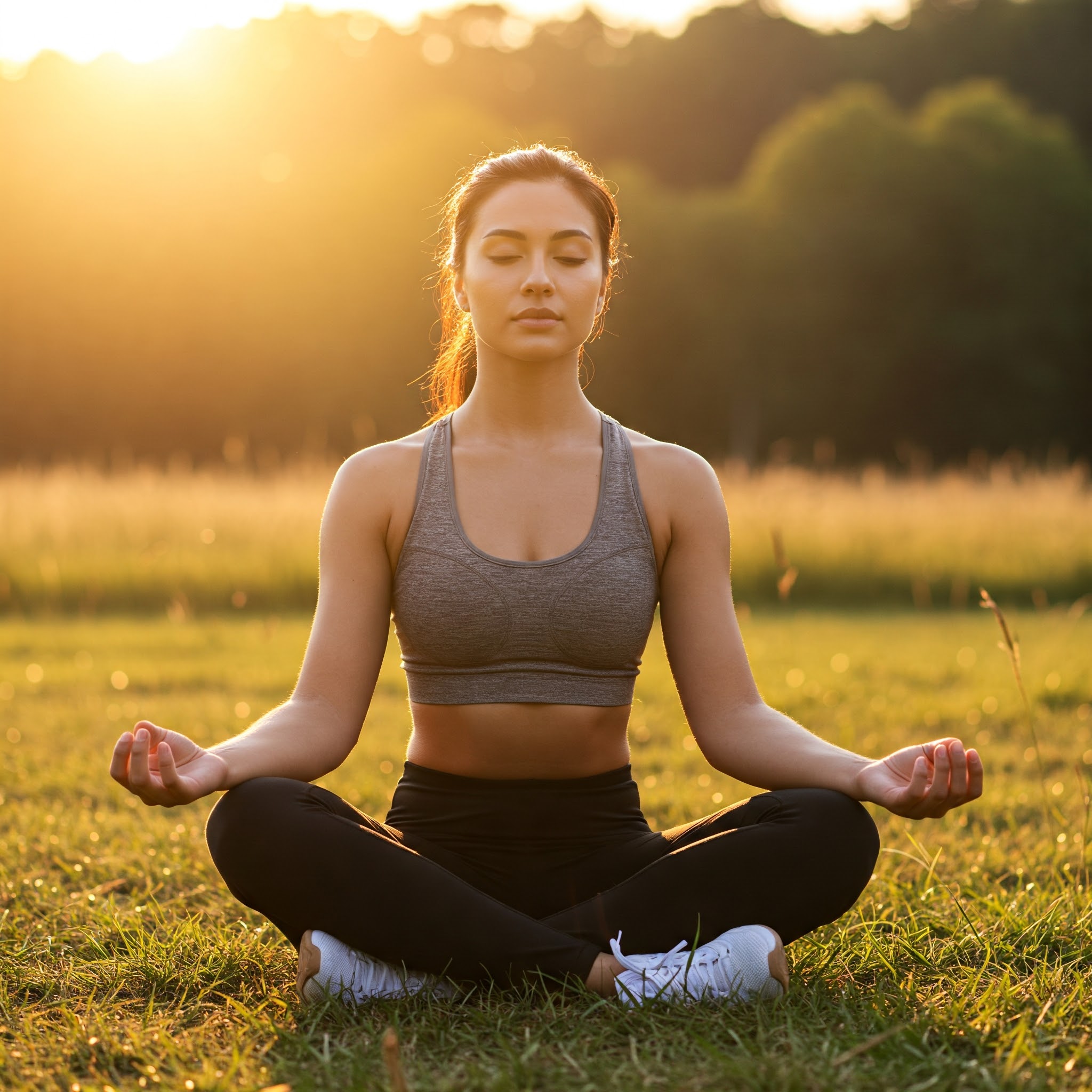
The Powerful Connection Between Physical Activity and Stress Reduction
Do you often feel overwhelmed by life’s demands? The solution might be simpler than you think. Let’s explore how moving your body more could be the key to calming your mind.
Why Exercise Matters More Than You Think
Many of us know exercise is “good for us” but don’t prioritize it in our busy lives. Beyond just building muscle and improving endurance, physical activity plays a crucial role in our mental wellbeing – particularly when it comes to managing stress.
According to the American College of Sports Medicine (ACSM), physical activity is defined as “any bodily movement produced by the contraction of skeletal muscles that results in a substantial increase in caloric requirements over resting energy expenditure.” In simpler terms: moving your body in ways that require energy beyond what you need just to exist.
The Real Cost of Sitting Too Much
We’re not designed to sit for hours on end, yet modern life often demands exactly that. This sedentary behavior (which ACSM defines as “prolonged periods of sitting”) takes a serious toll on our bodies and minds.
When we don’t move enough, our muscles literally waste away – a process called atrophy. The phrase “use it or lose it” is biologically accurate when it comes to muscle strength!
Despite widespread knowledge about the benefits of exercise, only about 30% of people in Western societies engage in significant weekly exercise. And many who start eventually quit. This gap between knowing and doing might be partly explained by the very thing exercise helps combat: stress.
Understanding Stress: More Than Just Feeling Overwhelmed
Stress isn’t just “in your head” – it’s a whole-body experience affecting your physical health, mood, thoughts, sleep, eating habits, and self-perception. It’s not something you can simply “snap out of,” and if left untreated, symptoms can persist for weeks, months, or even years.
Common Stressors in Daily Life
For many people (especially students), major stress triggers include:
- Workload (school assignments, job responsibilities)
- Financial concerns
- Poor time management
- Family pressures
- Social relationships
When these stressors pile up without adequate coping mechanisms, they can create a cycle that’s difficult to break. This is particularly challenging during major life transitions, like starting college or a new career.
The Exercise-Stress Connection: What Science Tells Us
The evidence strongly suggests that physically active people experience lower stress levels than their sedentary counterparts. Regular exercise appears to:
- Relieve tension
- Reduce anxiety
- Manage anger
- Counteract depression
- Improve overall mood
The U.S. Department of Health and Human Services recommends at least 150 minutes weekly of moderate-intensity aerobic activity for basic health benefits. For even greater benefits, including enhanced stress management, aim for 300 minutes or more.
How Movement Fights Stress: The Mechanisms
When you exercise, your body releases endorphins – natural mood elevators that create feelings of wellbeing. Physical activity also:
- Improves sleep quality (crucial for stress recovery)
- Increases production of neurochemicals that regulate mood
- Provides a healthy outlet for nervous energy
- Creates a meditative state through rhythmic movement
- Offers a break from stressful thoughts and environments
These biological and psychological processes work together to create both immediate stress relief and long-term resilience against future stressors.
Finding Your Movement Sweet Spot
The best physical activity for stress management is one you’ll actually do consistently. Consider these options:
- Walking: Simple, accessible, and surprisingly effective
- Yoga or tai chi: Combines movement with mindfulness
- Strength training: Builds physical and mental resilience
- Team sports: Adds social connection to physical benefits
- Dancing: Combines joy, expression, and exercise
- Nature-based activities: Hiking, swimming, or cycling outdoors adds nature’s stress-reducing effects
Start small if you’re currently inactive. Even 10 minutes daily can begin to shift your stress response in a positive direction.
Creating a Sustainable Activity Habit
Rather than viewing exercise as another obligation (which could actually increase stress), approach it as a form of self-care. Some strategies:
- Schedule it: Block time for movement just as you would for important meetings
- Stack habits: Attach physical activity to something you already do daily
- Remove barriers: Make it as convenient as possible
- Find pleasure: Choose activities you genuinely enjoy
- Track progress: Notice improvements in both physical capacity and stress levels
The Bottom Line
The relationship between physical activity and stress is clear: movement helps manage mental pressure. While adding exercise might seem challenging when you’re already stressed, it creates a positive upward spiral – each workout makes you more resilient against future stressors.
Remember that consistency matters more than intensity. A regular, moderate activity routine will likely serve your stress management goals better than occasional intense workouts.
What small step could you take today to move more and stress less?
This blog post was adapted from academic research on the relationship between physical activity and stress levels in Bethel College students.
Enjoyed this article? Discover more expert content, exclusive resources, and personalized solutions on our website! Take your journey further at fitnessfactorykc.com today.



